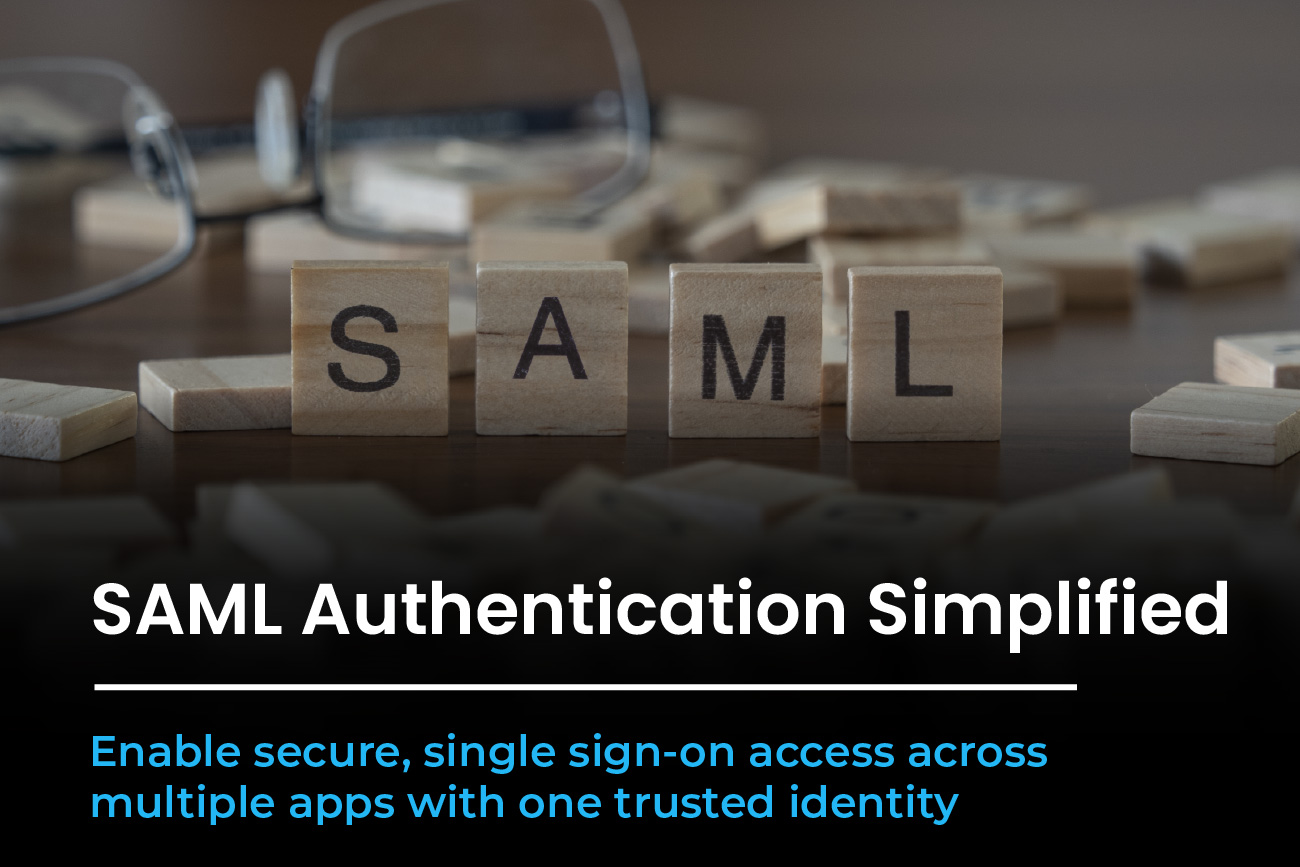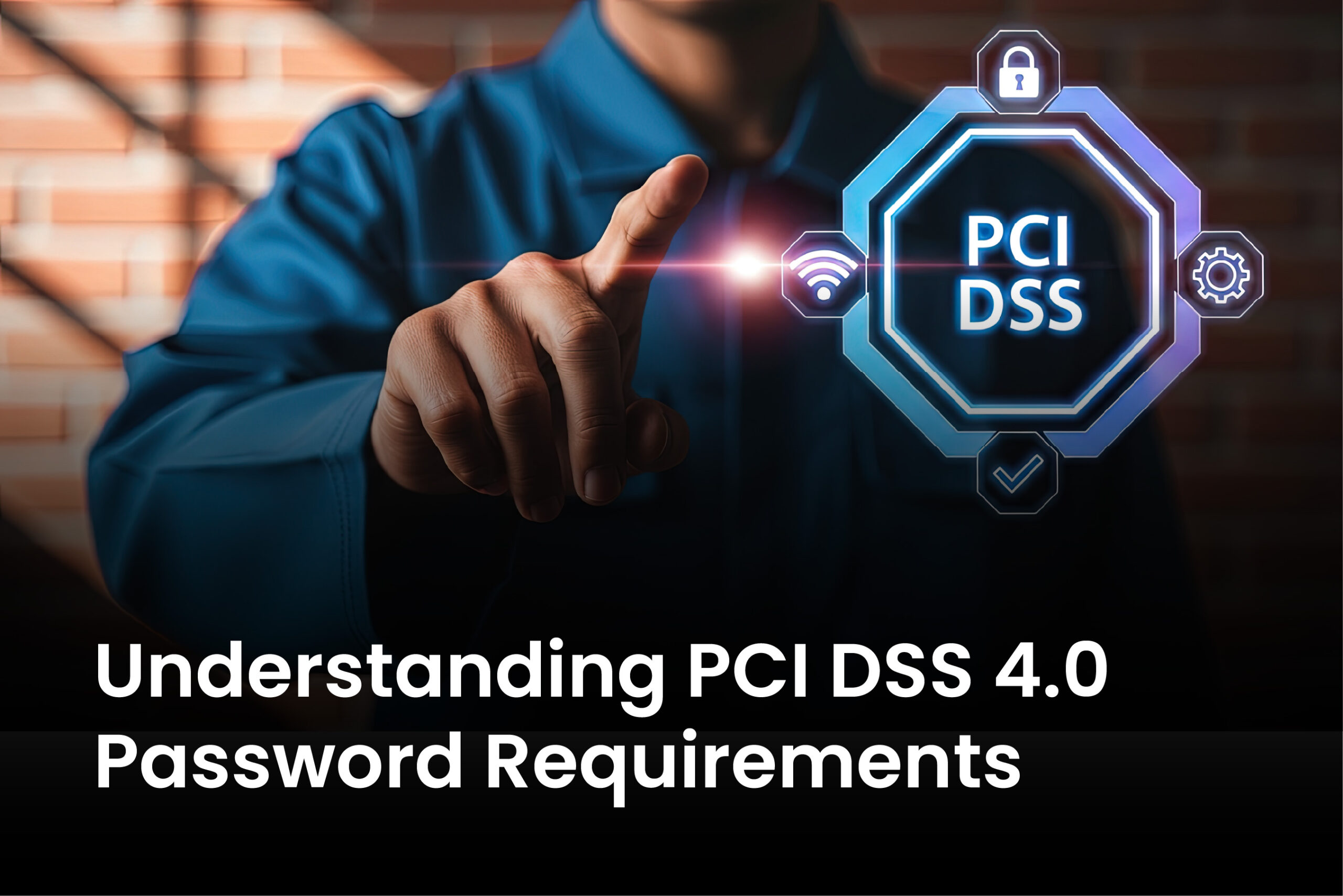We often take online security for granted. Every time we sign in to an app, connect to Wi-Fi, or send an email, there’s an invisible layer of protection ensuring that data stays private. That layer is powered by TLS authentication, one of the most trusted methods for encrypting digital communication and verifying identity across networks.
Many IT teams know TLS is important but can’t explain what actually happens behind the scenes. So, let’s break it down; what it is, how it functions, and why it’s so critical in today’s security landscape.
What Is TLS Authentication?
TLS authentication (Transport Layer Security authentication) is a process that ensures both the client and server in a digital communication can verify each other’s identity before any data is shared. It’s what prevents a malicious actor from pretending to be your bank website or intercepting sensitive login credentials.
We like to think of TLS authentication protocol as the handshake that builds digital trust. Before data flows, both sides agree on encryption keys and prove who they are using digital certificates.
This makes TLS not just a security measure, but a foundation for privacy across the internet.
As of February 2024, around 67.8% of websites support TLS 1.3, while 99.9% support TLS 1.2. However, that doesn’t mean every website is fully secure. Shockingly, only 82% of websites have valid SSL/TLS certificates, leaving nearly 18% potentially vulnerable to attacks.
Why TLS Matters in Everyday Digital Communication?
The internet was never built with security as its core design. Over time, as online banking, email, and corporate systems grew, encryption became the defense layer that held everything together.
Today, TLS authentication ensures that:
- Emails are securely transmitted with SMTP TLS authentication.
- Enterprise Wi-Fi uses EAP TLS Authentication to verify users and devices.
- Networks rely on RADIUS TLS authentication for access control.
Without TLS, hackers could easily impersonate trusted endpoints, harvest credentials, or read unencrypted data mid-transit. The rise of phishing, ransomware, and man-in-the-middle attacks only emphasizes how vital this protocol remains.
TLS Authentication Explained
Imagine you’re entering a restricted building. Before you can walk in, security checks two things: your ID card and your authorization level. Similarly, in a digital handshake, the client (say, your browser or device) and the server (like Gmail or your company’s VPN) verify each other’s identities using digital certificates.
Here’s how it unfolds in simple terms:
- The client connects to the server and requests a secure session.
- The server presents its certificate for validation.
- The client verifies that certificate with a trusted authority.
- If mutual authentication is required, the client also presents its certificate.
- Once both sides trust each other, they exchange encryption keys.
- A secure, encrypted communication channel is established.
That entire process is the TLS authentication flow. It happens in milliseconds every time you send an email, log into your work network, or visit a secure website.
How Does TLS Authentication Work?
We’re often asked, how does TLS authentication work in corporate environments? The answer depends on the setup, but the concept stays the same: verification before data exchange.
In many enterprise systems, RADIUS TLS authentication helps ensure that only trusted devices can connect to internal Wi-Fi or VPNs. The RADIUS server validates the digital certificate presented by a user’s device before granting access.
Similarly, EAP TLS Authentication (Extensible Authentication Protocol) is the gold standard in wireless authentication. It uses certificates instead of passwords, meaning no credentials are transmitted, a huge win against credential theft.
Email systems also benefit from SMTP TLS authentication, ensuring your messages can’t be intercepted during transmission.
These examples all rely on the same principle: mutual trust between entities through certificate-based validation.
The TLS Authentication Process: Step by Step
Let’s go deeper into the TLS authentication process so you can see what happens under the hood:
- Handshake Initiation
The client initiates communication, asking the server to start a secure connection using TLS. - Certificate Exchange
The server sends its digital certificate, issued by a trusted Certificate Authority (CA). - Verification
The client checks the certificate’s validity, confirming that it’s signed by a CA, hasn’t expired, and matches the server’s domain. - Key Exchange
Once trust is established, both sides generate and exchange cryptographic keys. - Secure Communication Begins
Data transfer now occurs within a secure, encrypted tunnel.
This TLS authentication protocol ensures that no third party can tamper with or read the data.
TLS Authentication Flow Across Use Cases
TLS authentication flow varies slightly depending on where it’s used. Here are some real-world contexts:
- Enterprise Networks: RADIUS TLS authentication ensures devices connecting to the internal network are authorized.
- Wireless Access Points: EAP TLS Authentication validates employee identities via digital certificates.
- Email Services: smtp TLS authentication secures emails between mail servers.
- Web Applications: TLS protects API traffic and login sessions.
Basic Authentication vs TLS
It’s common to hear comparisons between basic authentication vs TLS. In basic authentication, user credentials (username and password) are transmitted in an encoded but unencrypted form, making them easy to intercept.
TLS authentication, on the other hand, encrypts both credentials and session data, ensuring complete privacy.
To summarize the difference between basic authentication vs TLS:
| Feature | Basic Authentication | TLS Authentication |
|---|---|---|
| Data Encryption | None | Fully encrypted |
| Identity Verification | Weak | Strong via certificates |
| Resistance to Man-in-the-Middle | Low | High |
| Common Use | Legacy systems | Modern web, Wi-Fi, VPNs |
As we move toward passwordless systems and certificate-based access, the relevance of TLS authentication continues to grow.
Why Certificates Beat Passwords?
Certificates are not just harder to steal; they also reduce friction. Unlike passwords that can be guessed, forgotten, or reused, digital certificates are automatically verified during the TLS authentication process.
From a user’s perspective, it feels seamless, no pop-ups, no password prompts. From an admin’s perspective, it reduces support tickets and strengthens security posture.
That’s why many organizations are now extending certificate-based authentication beyond Wi-Fi to full identity and access management systems.
The Future of TLS Authentication
The future of TLS authentication looks more automated and adaptive. We’re seeing integration with zero-trust frameworks, machine learning–driven certificate management, and stronger encryption algorithms.
At AuthX, we believe certificate-based access will become central to passwordless strategies. TLS is about establishing verified digital trust across every endpoint, not just about encrypting connections.
Building Digital Trust Through TLS Authentication
So, there you have it; TLS authentication explained in plain language. It’s the invisible guardian that verifies identities, encrypts traffic, and builds trust into every digital handshake.
Whether it’s SMTP TLS authentication, EAP TLS Authentication, or RADIUS TLS authentication, the principles stay the same: no data exchange without verified trust.
For organizations that want to go beyond passwords and move toward certificate-driven security, solutions like AuthX can help bridge the gap.
TLS may be silent, but it’s the language of trust that keeps the digital world secure.
FAQs
What is TLS authentication in simple terms?
It is the process of ensuring that two systems (such as a browser and a website) communicate securely and authenticate each other’s identities.
How does TLS authentication work?
It works by exchanging certificates, verifying identities, and encrypting communication during a handshake process.
What’s the difference between EAP TLS authentication and RADIUS TLS authentication?
EAP TLS authentication secures wireless or VPN access using certificates, while RADIUS TLS authentication secures credential exchanges between authentication servers and clients.
What version of TLS is most secure today?
TLS 1.3 is the most secure and efficient version available, supported by over 67% of active websites.
Why is TLS authentication better than basic authentication
Because TLS authentication encrypts all data and verifies identity through digital certificates, unlike basic authentication which sends credentials in plain text.














